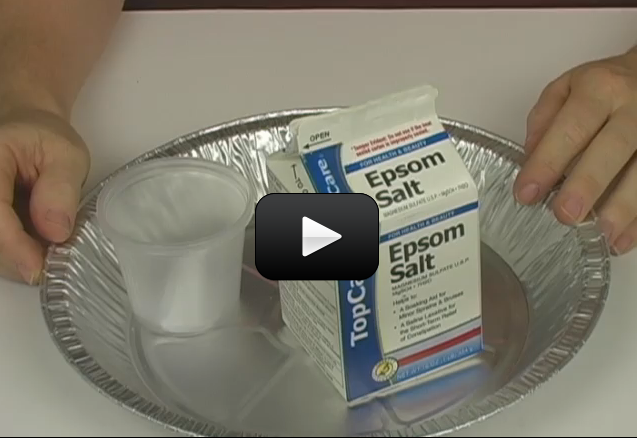Cooling and heating are opposite processes. Cooling is the removal of heat energy from an object or space and heating is the addition of heat energy to an object or space. We use these opposite processes a great deal in our daily lives. For example, in the kitchen we use the cooling provided by a refrigerator to keep food cold. We also use the heat from a stove to cook food.
Nearly 75 percent of the energy used by the average family household in the United States goes for cooling and heating purposes. Air conditioning and refrigeration are the major cooling requirements of a home, while water and space heating are the most important heating requirements.
In the experiments that follow you will learn more about cooling and heating. You will also learn alternative ways of cooling and heating, using such unusual materials as gases, salts, water, and trees.
Please login or register to read the rest of this content.


No, the experiment will not only not work but it may damage your microwave. You’re evaporating the water out of the salt, and you need to do this slowly with a heat source, not dielectric heating (which is what a microwave does – it’s tuned to excite the energy of the water molecule, and if you don’t have enough water (like in food, which is usually high in water content), the microwave starts to cook itself.)
Is this possible with a microwave???